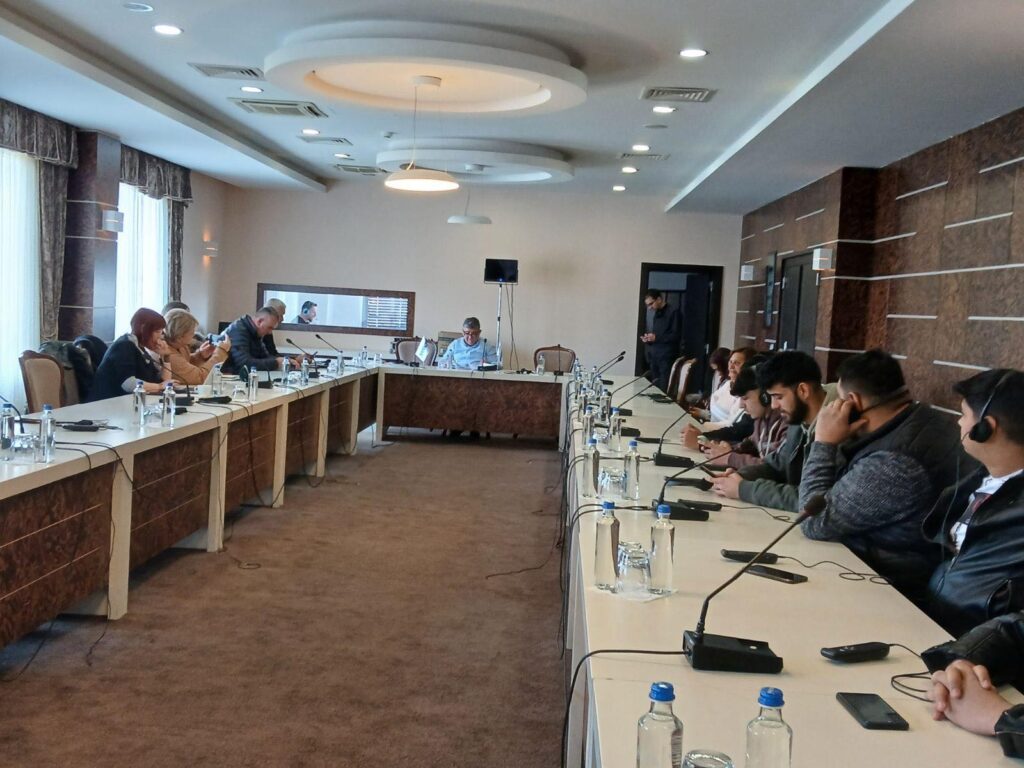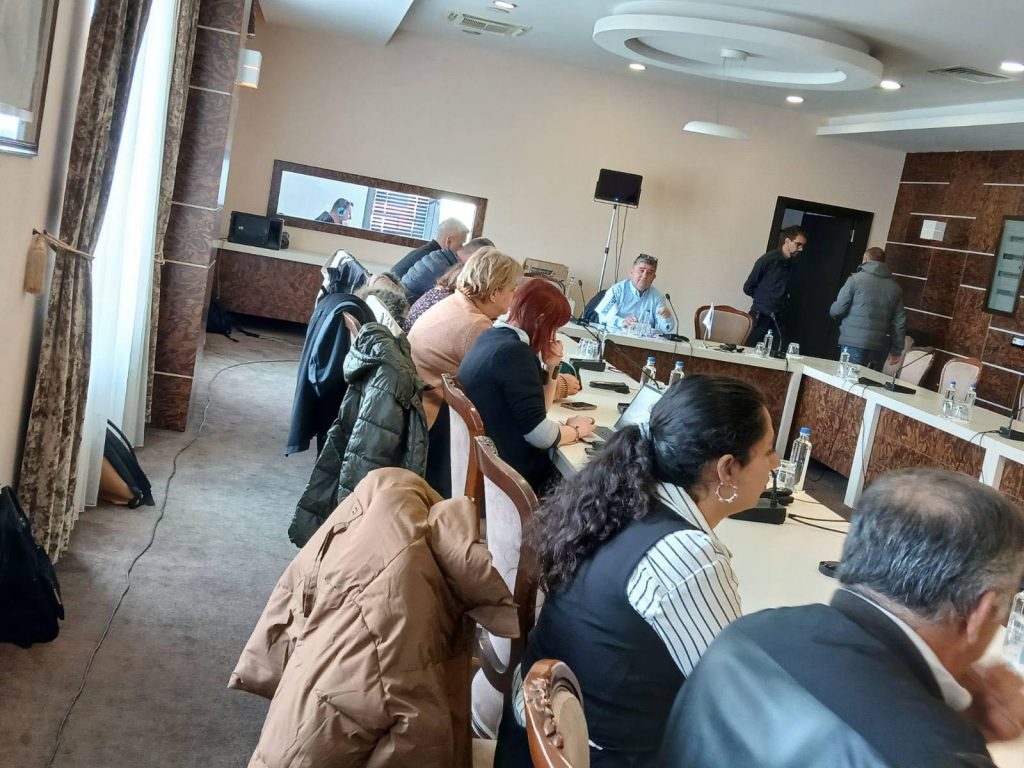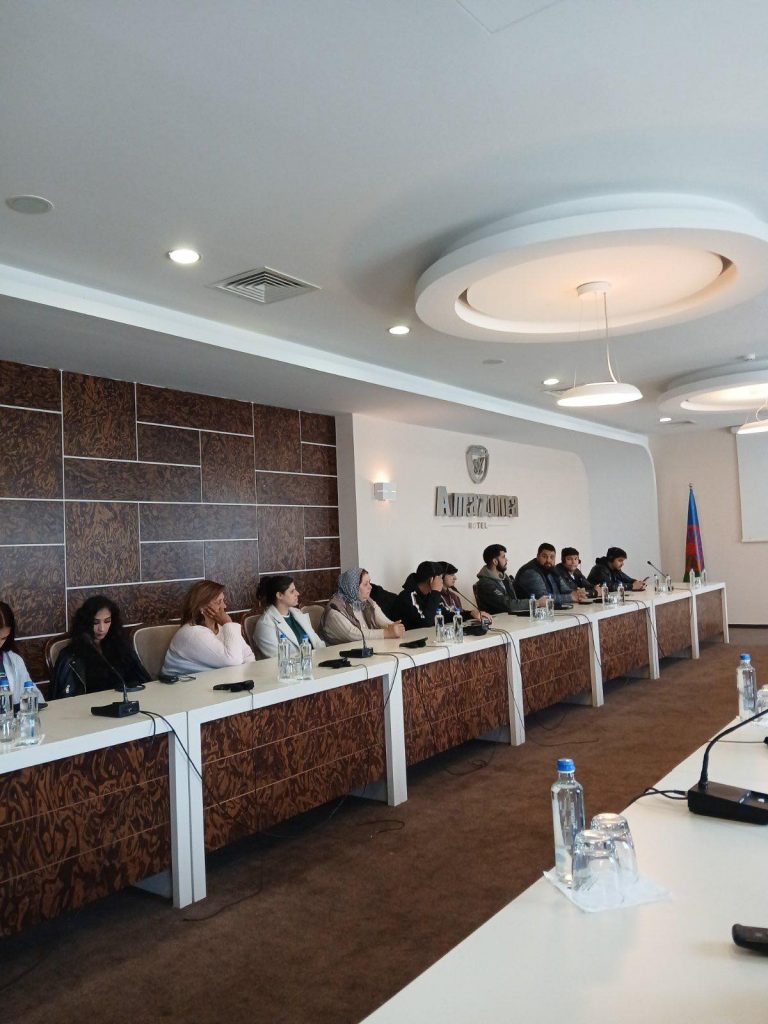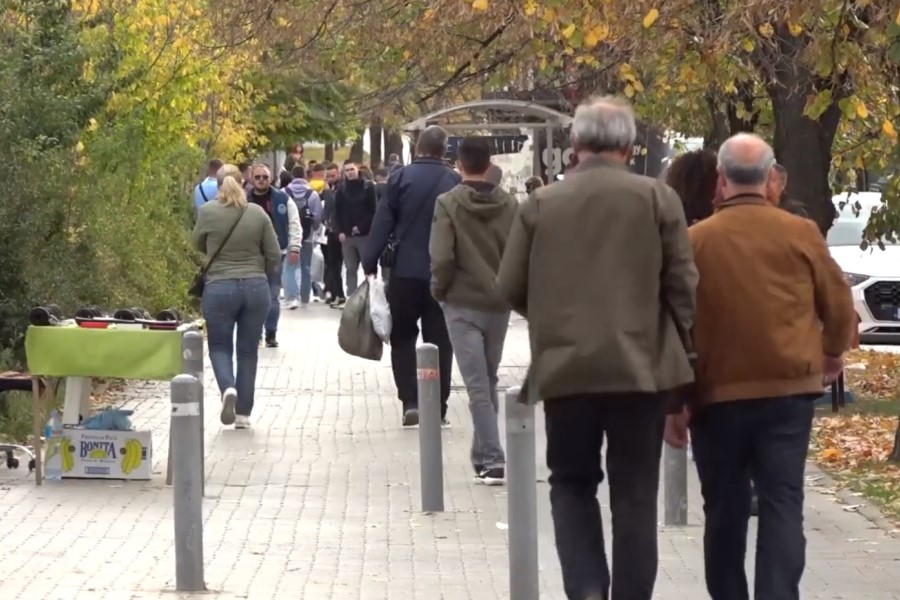
As part of International Roma Day, two roundtables were held, where their challenges in social, economic and educational aspects were discussed.
The first roundtable was held at one of the hotels in Vushtrri, organized by the NGO Romano Anglunipe and the Learning Center in Prilluzhe, Vushtrri. Meanwhile, at noon, another roundtable was held in Gracanica, organized by the Roma Learning Center and the NGO BSFK.
International Roma Day is a celebration of Roma history, traditions and culture, as well as a call for social inclusion.
The day also aims to raise awareness of the challenges faced by Roma communities around the world.
This day was officially declared in 1990 in Poland during the fourth Congress of the International Roma Union, in honor of the first international meeting of Roma representatives
held in April 1971.

The Roma have developed their own traditions in music, poetry, dance and painting. Traditional Roma music is perhaps the most well-known part of Roma culture. Their music has influenced classical music composers such as Franz Liszt and Johannes Brahams. Violin, guitar and clarinet are the favorite instruments of Roma musicians.
The Roma flag is the international flag of the Roma. It was created by the General Union of Roma in Romania in 1933 and was adopted by international Roma representatives in 1971.
The color blue symbolizes the sky, while green represents the earth and crops. The flag also bears a red wheel (chakra) in memory of the Indian origin of the Roma, which symbolizes fire, movement and progress.

(This product was created in collaboration between CFID and KosovaPress. within the framework of the project: “Countering negative stereotypes about Kosovo Roma, Ashkali and Egyptian communities through media initiative” , which is funded by UNMIK.)




